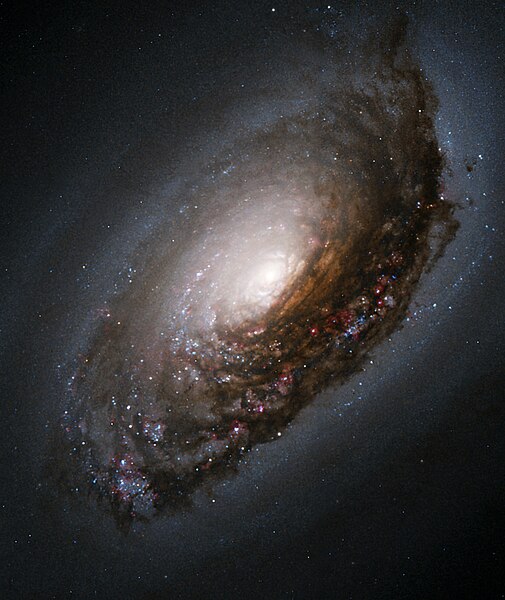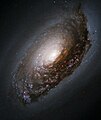चित्र:Blackeyegalaxy.jpg
नेविगेशन पर जाएँ
खोज पर जाएँ


इस पूर्वावलोकन का आकार: ५०५ × ६०० पिक्सेल । अन्य resolutions: २०२ × २४० पिक्सेल | ४०४ × ४८० पिक्सेल | ८९७ × १,०६५ पिक्सेल ।
मूल फ़ाइल ((८९७ × १,०६५ पिक्सेल, फ़ाइल का आकार: ७७४ KB, MIME प्रकार: image/jpeg))
फ़ाइल का इतिहास
फ़ाइलका पुराना अवतरण देखने के लिये दिनांक/समय पर क्लिक करें।
| दिनांक/समय | अंगूठाकार प्रारूप | आकार | प्रयोक्ता | प्रतिक्रिया | |
|---|---|---|---|---|---|
| वर्तमान | ०९:४६, २ जून २००५ |  | ८९७ × १,०६५ (७७४ KB) | wikimediacommons>CWitte | This image of M64 was taken with Hubble's Wide Field Planetary Camera 2 (WFPC2). The color image is a composite prepared by the Hubble Heritage Team from pictures taken through four different color filters. These filters isolate blue and near-infrared lig |
फ़ाइल का उपयोग
निम्नलिखित पन्ने इस चित्र से जुडते हैं :